Flood Cleanup Hazards
posted by TrueNorth Risk Management on Friday, September 30, 2016
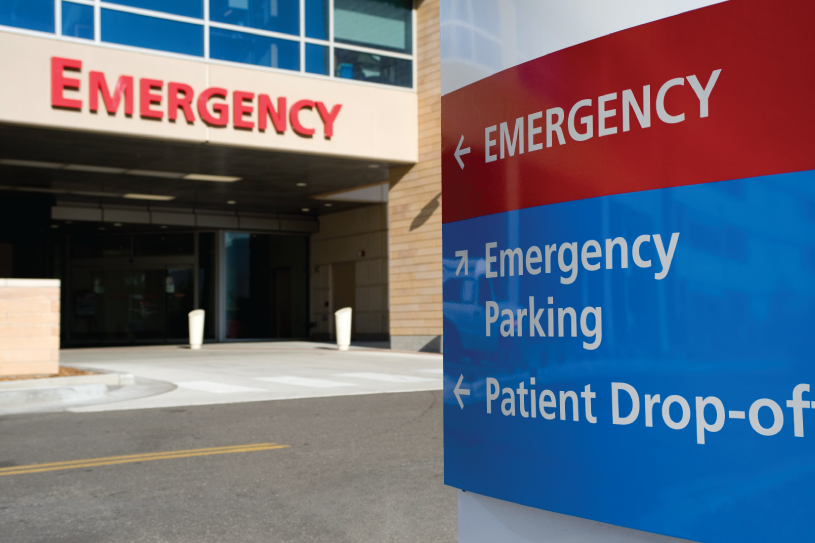 Health Tips | 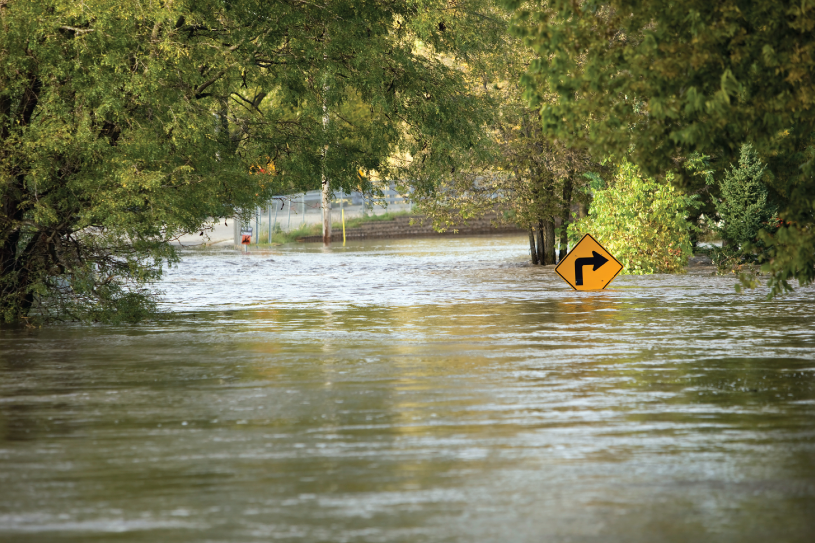 General Precautions | 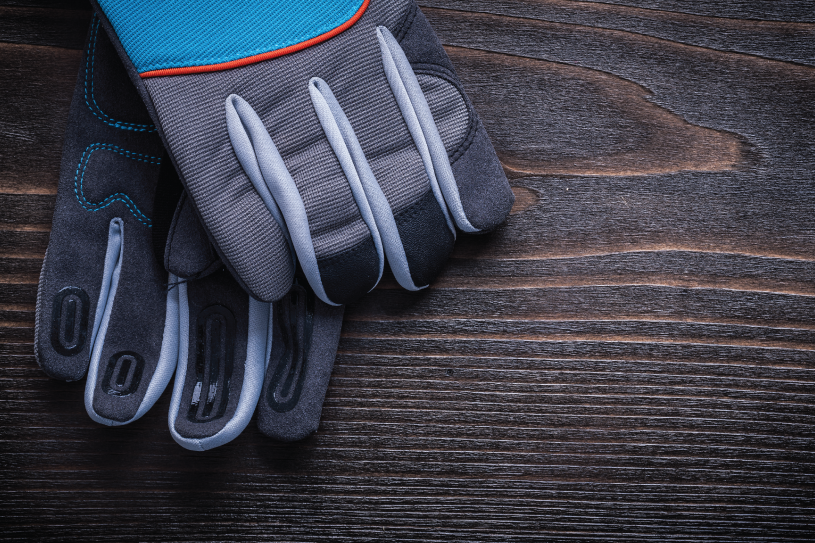 PPE & Clothing |
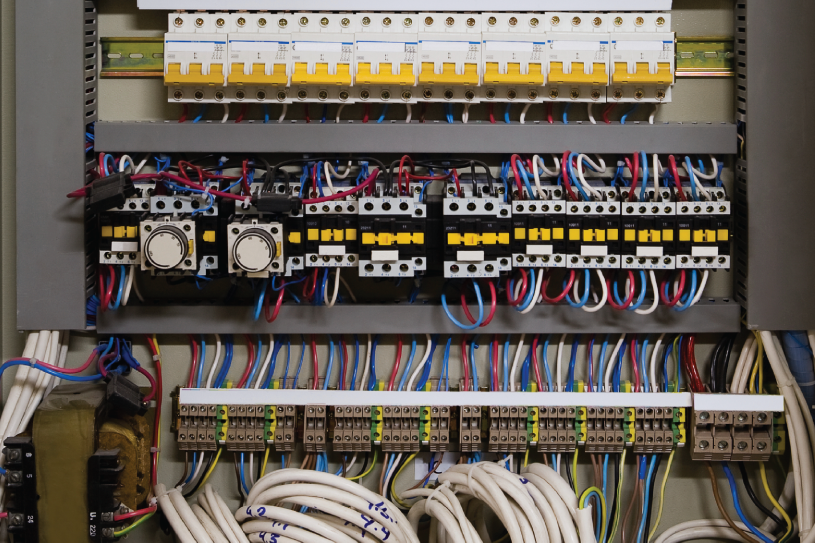 Electrical Hazards | 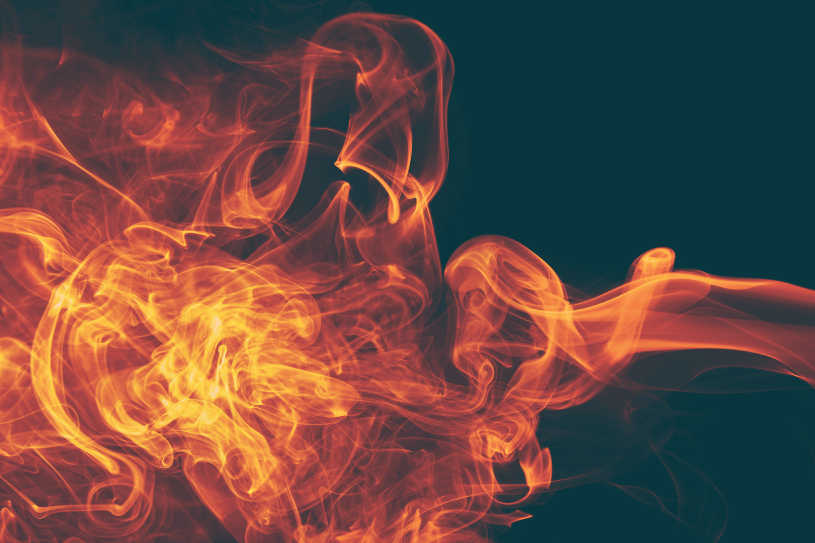 Fire Protection |  Flood Claims |
Cleanup work of any kind can be dangerous, but flood conditions make this work even more difficult. Flooded areas present hazards, like mold and the risk of drowning. The following recommendations set by the Occupational Safety and Health Administration (OSHA) will help keep you safe and healthy while cleaning up.
- Take frequent rest breaks when lifting heavy, water-laden objects. Avoid overexertion and practice good lifting techniques. Also, consider using teams of two or more to move bulky items that weigh more than 50 pounds. Or, use a proper automatic lifting assistance device, if practical.
- When working in hot environments, have plenty of water available to drink, use sunscreen, and take frequent rest breaks out of the sun. Wear light-colored, loose-fitting clothing.
- Be sure that a first aid kit is available in case of cuts or other small injuries. If you do get hurt while working, protect the injury with waterproof gloves and dressings.
- Wash your hands often during the day, especially before eating, drinking, touching your face or applying cosmetics.
- Before entering a flooded area, use a wooden stick or pole to check for pits, holes, and protruding objects.
- Ensure that all ladders and scaffolds are properly secured prior to use.
- Conduct a preliminary worksite inspection to verify stability before entering a flooded or formerly flooded building, or before operating vehicles over roadways or surfaces. Do not work in or around any flood-damaged building until it has been examined and certified by a registered professional engineer or architect.
- Washouts, trenches, excavations, and gullies must be supported or their stability should be verified prior to entry. All trenches should be supported with a trench box.
- Establish a plan among employees for contacting medical personnel in the event of an emergency.
- Report any obvious hazards (downed power lines, frayed electric wires, gas leaks or snakes) to the appropriate authorities and your supervisor.
- Use fuel-powered generators outdoors only, as they present a carbon monoxide hazard.
- Use life vests when engaged in activities that could result in deep water exposure.
- Use extreme caution when handling containers holding unknown substances or known toxic substances. If you see any of these hazards, alert your supervisor so he/she can contact the Environmental Protection Agency (EPA) for disposal information.
- Always wear watertight boots with a steel toe and insole, gloves, long pants and safety glasses during cleanup operations; street shoes should not be worn because they cannot protect against punctures, bites, or crush injuries. Also, wear a hardhat if there is a risk of falling debris.
- Wear a NIOSH-approved dust respirator if you are working with moldy building materials or with vegetable matter (hay, stored grain, or compost).
- When handling bleach or other chemicals, follow the directions on the package and wear eye, hand, and face protection. Also, have plenty of clean water available for emergency eye washing or other first aid.
- Do not touch downed power lines or any object or water they may be in contact with.
- Treat all power lines as if they are energized until you have specific confirmation that they have ben de-energized.
- Beware of overhead and underground power lines when clearing debris. Extreme caution is necessary when moving ladders or other equipment near overhead power lines to avoid accidental contact.
- If damage to an electrical system is suspected (examples: wiring has been under water, you can smell burning insulation, wires are visibly frayed, or you can smell sparks), turn off the electrical system in the building and follow all lockout/tagout procedures. Do not turn the power back on until the electrical equipment has been inspected by a qualified electrician.
- When using a generator, be sure that the main circuit breaker is OFF and is locked out prior to starting. This will prevent unintentional energization of power lines from back feed electrical energy and will help protect utility line workers from possible electrocution.
- Be aware that de-energized power lines may become energized by a secondary power source.
- Any electrical equipment used in wet environments must be marked for use in wet locations and must be undamaged. Be sure that all connections are clear of water.
- All cord-connected electrically operated tools and equipment must be grounded or double-insulated.
- Ground-fault circuit interrupters (GFCIs) must be used in all wet locations.
- Immediately evacuate any building that has a gas leak until it is controlled and the area is ventilated.
- Be sure that an adequate number of fire extinguishers are available.
- Be sure that all fire exits are clear of debris and sandbags.
In the event you suffer damage to your property, we recommend you report your loss directly to your insurance carrier to expedite the process. Should you have concerns or need additional guidance along the way, your TrueNorth representative will be here to assist.
If you have a flood policy with Selective Insurance, you may report a claim by calling (877) 348-0552. We have also attached a Selective Claims Guide for your reference. click here to view the guide. It provides best practices when dealing with a flood loss (i.e., track expenses/man-hours and photos, photos, photos), beyond specific information for clients insured by Selective Insurance.
Start your Selective Flood Claim
As water levels recede, you can count on TrueNorth to continue to broadcast updates and educational insight via Facebook, Twitter, our website/blog, and email over the coming days.
Contact TrueNorth at 1-888-562-4208
Stay up to date by visiting the following sites and social media:
Website: www.truenorthcompanies.com
Twitter: @TrueNorthInsure
Facebook: /TrueNorthInsure
About Author
In addition to helpful weekly guidance on home and auto, TrueNorth provides a number of insurance options to protect your family from risk. For information on a home or auto quote, visit www.iTrueNorth.com or call us at (319) 739-1277. We'd like nothing more than to help safeguard the things that matter most to you.
Obtain a quote on home or auto
Learn more about TrueNorth Risk Management
... read more about author